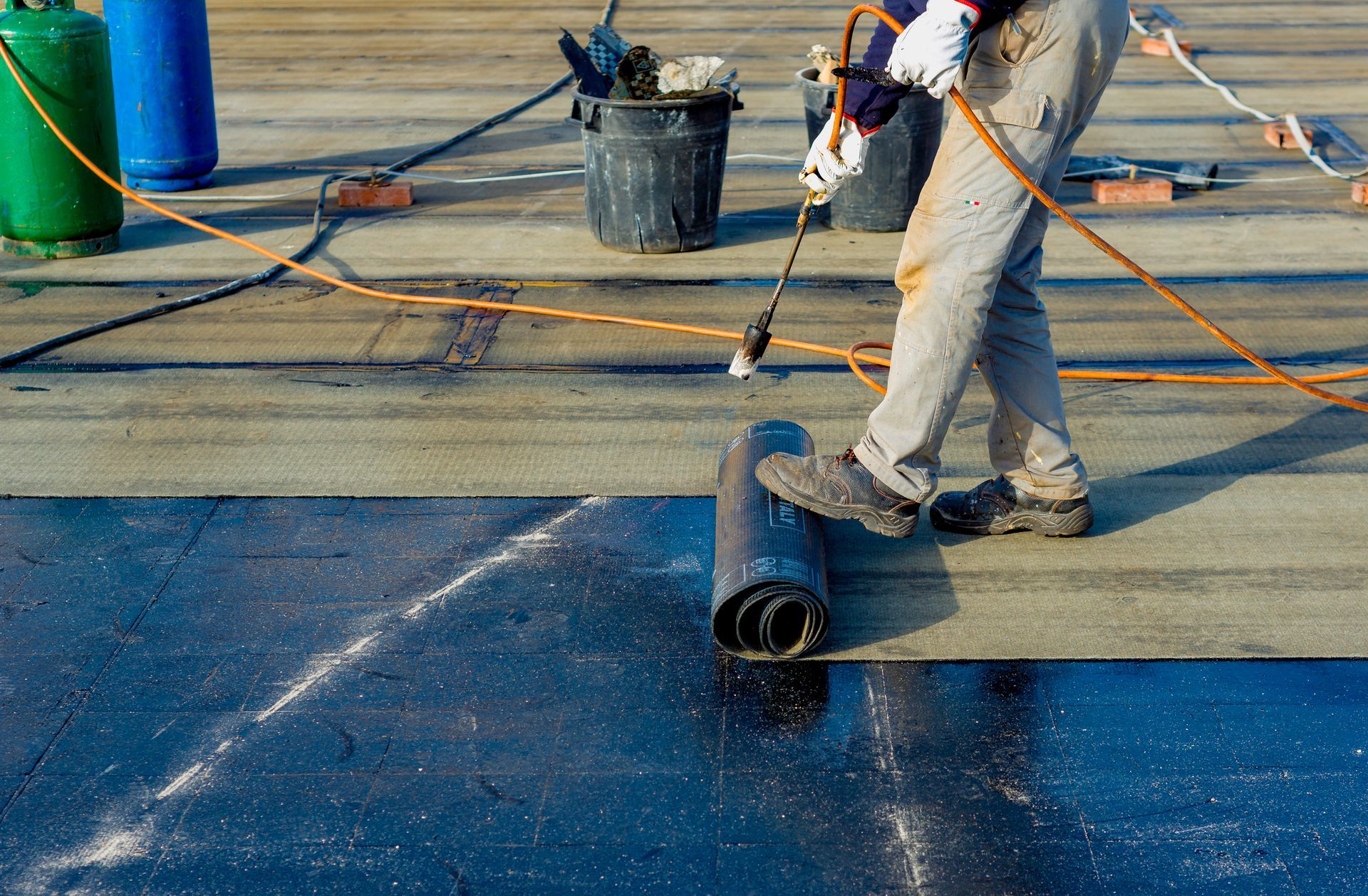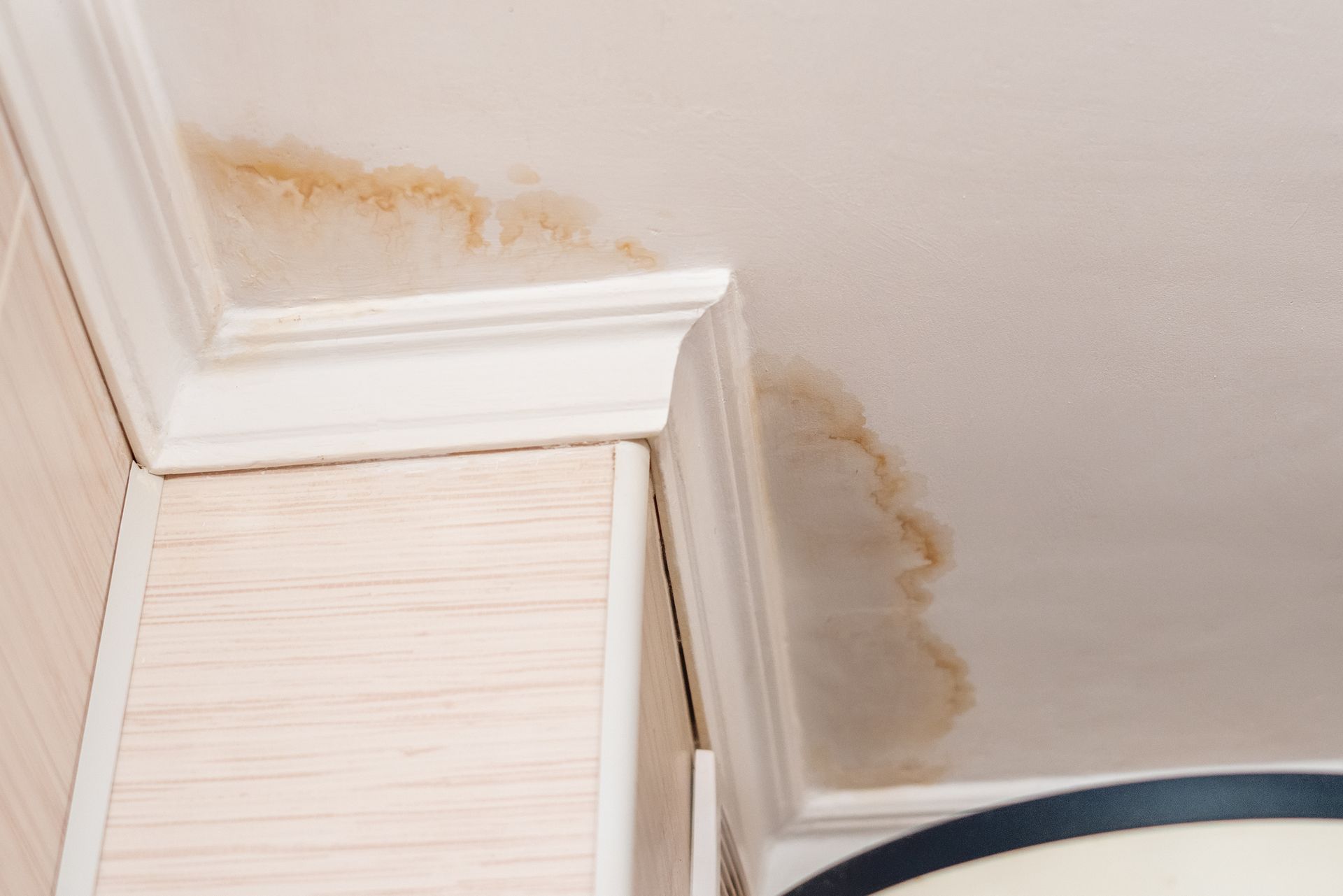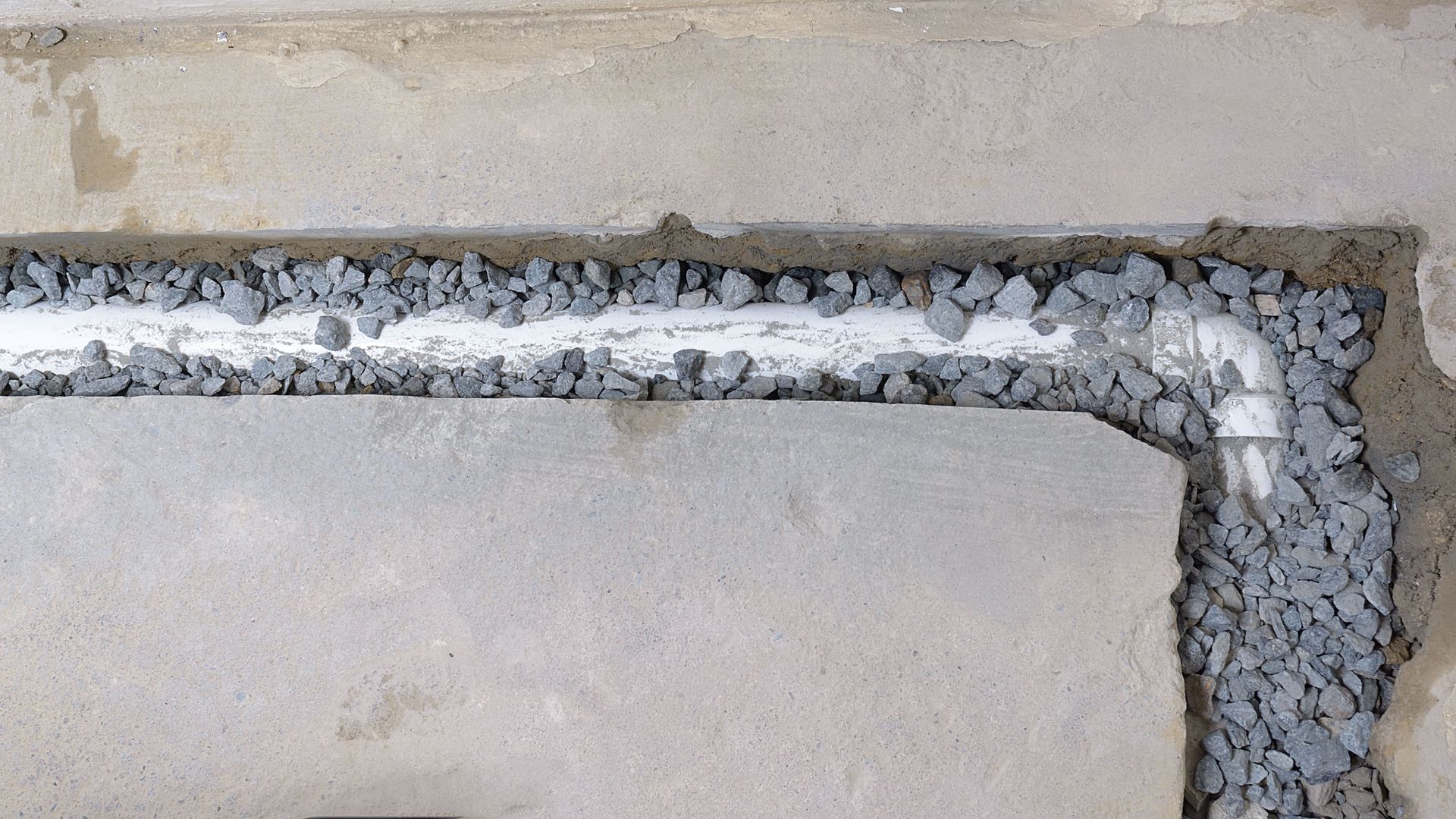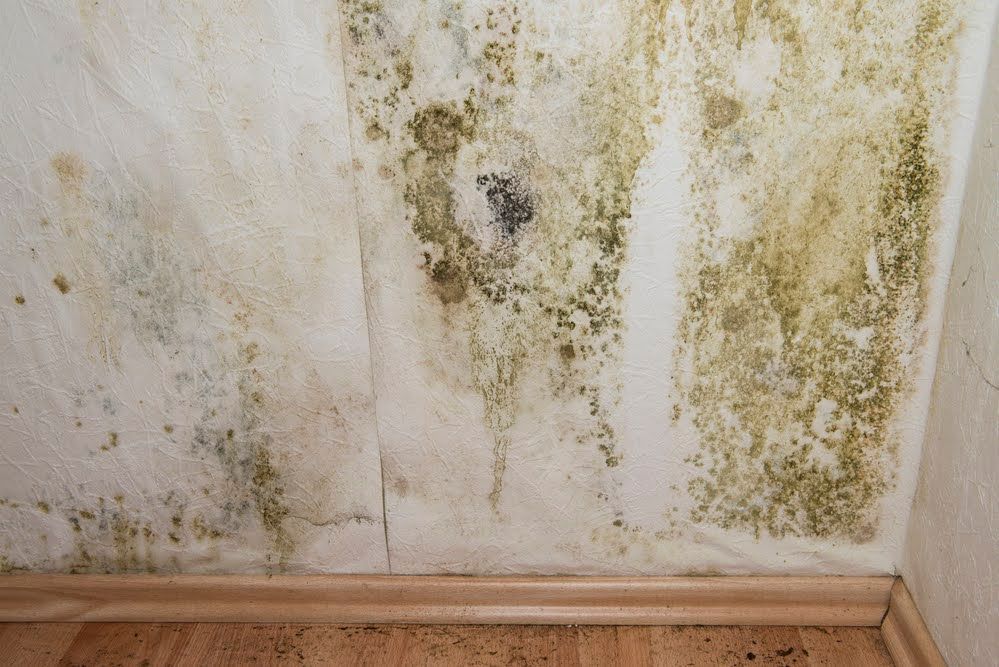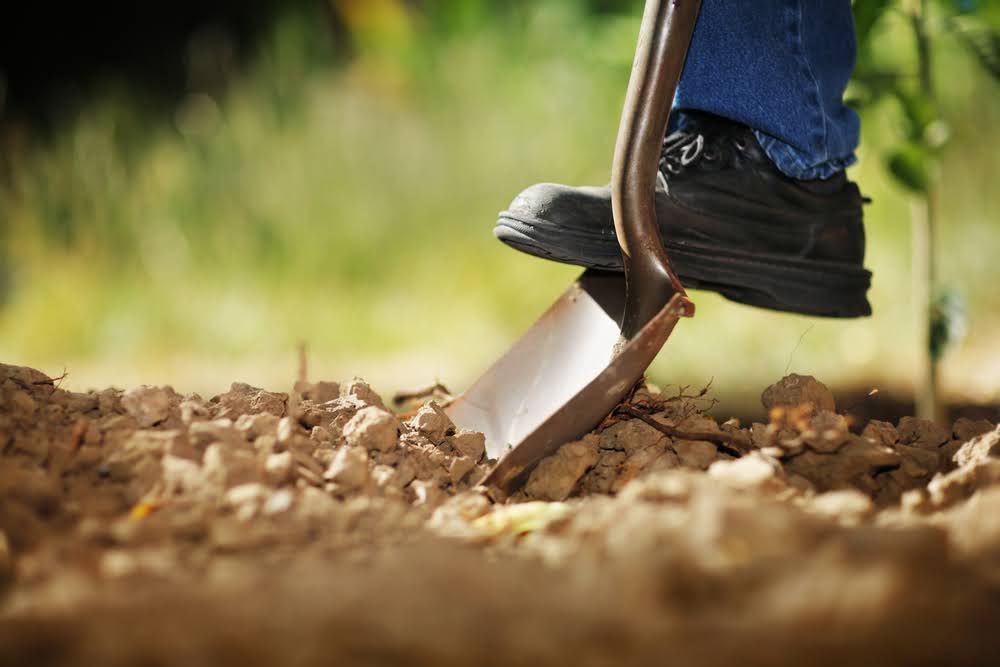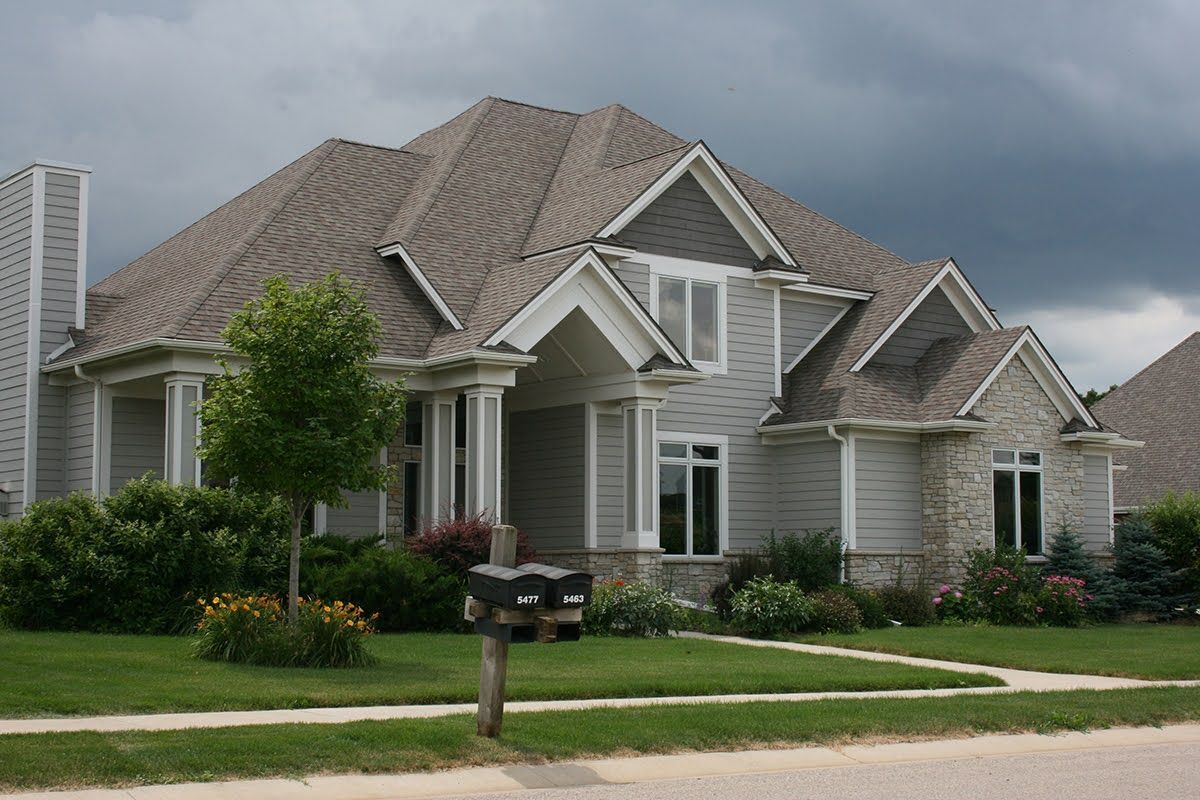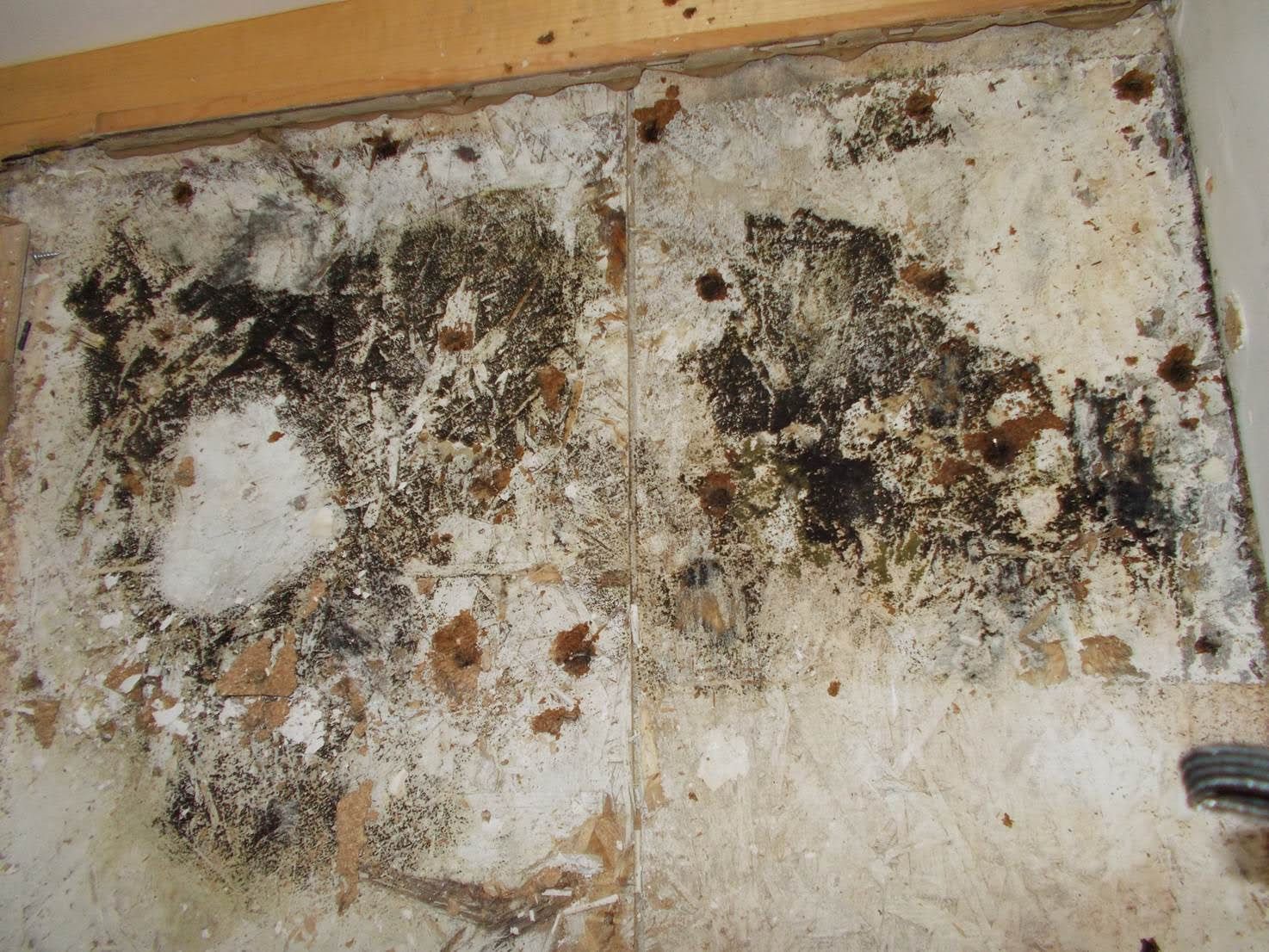Prevent Water Damage by Filling Wall Cracks
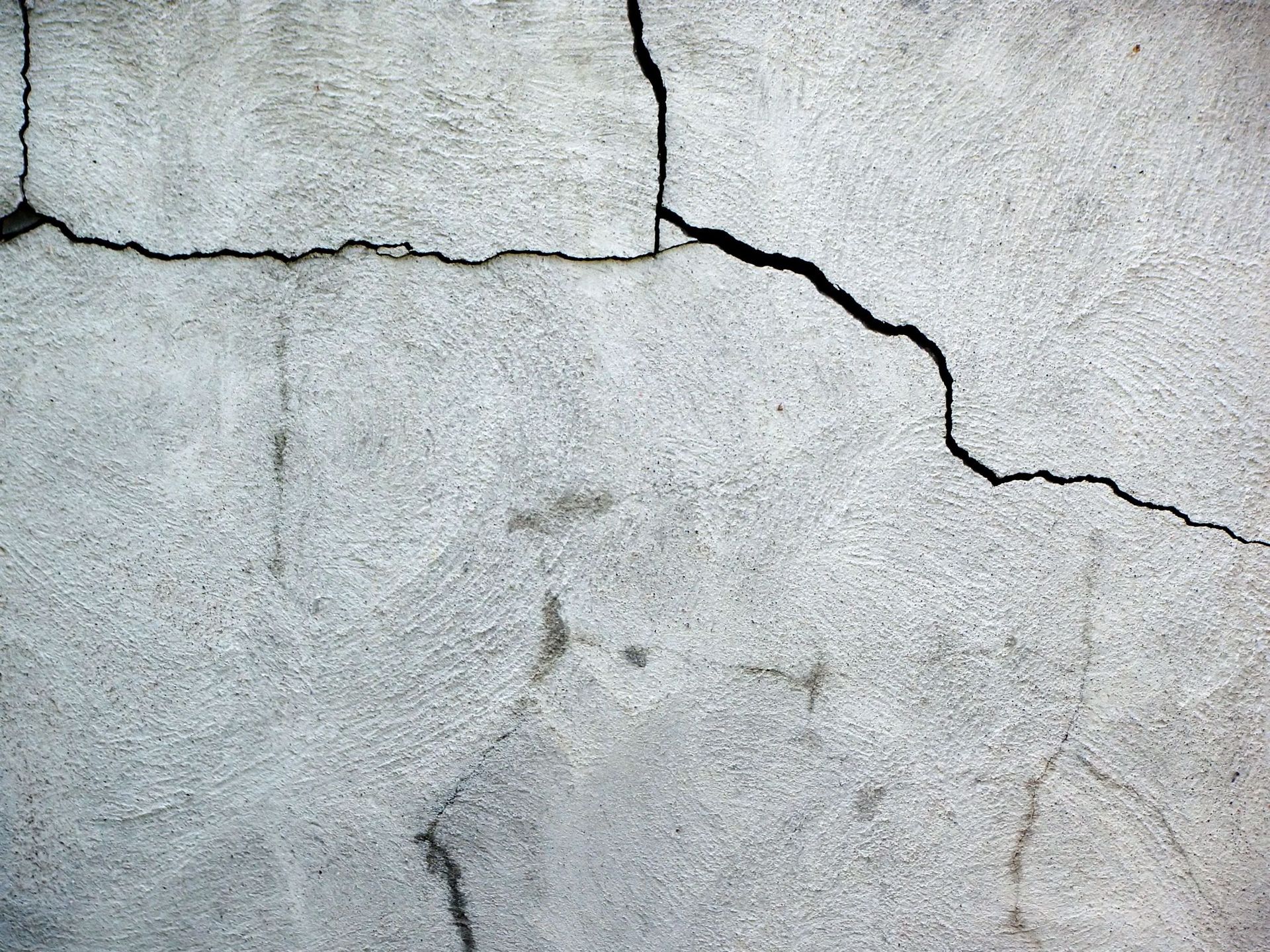
Water damage is a common and costly problem faced by many homeowners. It can affect the structural integrity of your home and pose health risks as a result of the growth of mold and mildew. While there are various causes of water damage, one major culprit is groundwater seepage through cracks in walls.
Groundwater can enter your home through even the smallest cracks or openings in your walls, causing extensive damage over time. It is important to address these cracks as soon as possible to prevent further water damage and keep your home safe and dry. In this blog post, we will discuss how filling wall cracks can help combat water damage from groundwater.
Understanding Groundwater Seepage and Its Effects
Groundwater seepage occurs when water from the soil surrounding your home enters through cracks or openings in your walls. This is a common problem for homes built on a foundation with poor drainage, as the excess water puts pressure on the walls and causes them to crack.
Over time, these cracks can widen and allow more water to enter, leading to extensive damage such as mold growth, rotting wood, and even structural issues. Additionally, the constant presence of moisture can create an environment for pests to thrive in your home.
Filling wall cracks is crucial to prevent further water damage and to maintain a healthy living environment for you and your family.
Identifying Wall Cracks
The first step in combating groundwater seepage is to identify any existing wall cracks in your home. These can range from small hairline cracks to larger ones visible to the naked eye.
Some common signs of wall cracks include discoloration, peeling paint or wallpaper, and musty odors. It is important to regularly inspect your walls for any signs of cracking, especially if you live in an area with a high water table or frequent heavy rainfalls.
Choosing the Right Filling Material
Once you have identified wall cracks in your home, it is important to choose the right filling material. This will depend on the size and severity of the crack as well as the type of wall material.
For smaller hairline cracks, a simple solution like caulk or spackling paste can be used. These are easy to apply and can effectively fill in small cracks. However, for larger cracks or those that are expanding, a stronger filling material such as epoxy
or polyurethane foam may be necessary.
Filling Wall Cracks: Step by Step
Filling wall cracks is a relatively simple process that homeowners can do with the right tools and materials. Here are the basic steps to follow:
- Clean the Crack: Before filling the crack, it is important to clean out any debris or loose particles using a brush or vacuum cleaner.
- Prepare the Filling Material: Depending on the type of filling material chosen, mix or prepare it according to the instructions on the packaging.
- Fill in the Crack: Using a putty knife or caulking gun, apply the filling material into the crack. For larger cracks, it may be necessary to apply multiple layers.
- Smooth and Blend: After filling the crack, use a putty knife or wet finger to smooth out and blend the filling material with the rest of the wall surface.
- Let It Dry: Allow the filling material to dry completely before painting over it or applying any other finishing touches.
Professional Repair and Prevention
\While filling wall cracks yourself can be effective, it may not always solve the underlying issue of poor drainage or foundation problems. In some cases, it may be necessary to call in a professional contractor to repair the cracks and address any structural issues.
Furthermore, to prevent future groundwater seepage and potential water damage, it is important to take preventative measures such as improving drainage around your home, installing proper waterproofing systems, and regularly inspecting for new cracks.
In conclusion, groundwater seepage through wall cracks can cause significant water damage to your home if left unaddressed. By understanding the causes and effects of this issue and taking proactive measures such as filling wall cracks with the appropriate materials, homeowners can effectively combat water damage and ensure a safe and healthy living environment for themselves and their families. Regular maintenance and prompt repair of wall cracks can save homeowners from costly water damage repairs in the long run.
For more information about this, contact us.
Contact Information
Email: hopecarson3@aol.com


